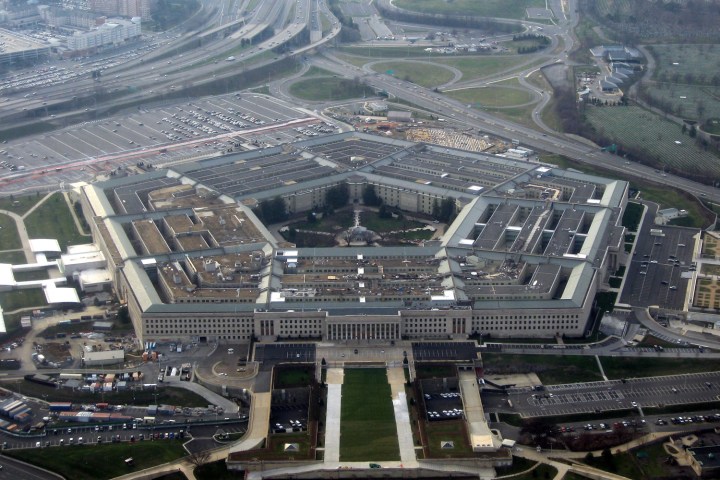
The Pentagon is currently updating all 4 million of its official devices to the latest version of Windows by January of next year, and Halvorsen is such a fan that he’s encouraging employees to move over to the OS at home.
“If you’re using a computer at home and you’re not on Windows 10, you’re doing yourself an injustice — you ought to be moving to Windows 10,” Halvorsen said in a press call last week, adding that he plans to issue this guidance to employees.
“We’re going to put out some guidance to our employees in general — it’s not an endorsement of Windows 10 or Microsoft specifically — listing what the characteristics of Windows 10 would give you if you put it in your home system,” said the CIO, who has cited security as the No. 1 reason for using the OS. “That’s as close to an endorsement as I can get for a software product.”
Microsoft’s deal with the Department of Defense to upgrade its systems to Windows 10 has been a boon for the company in trying to push its enterprise packages. Halvorsen added that the department is on track to complete the upgrade by the January 2017 target.
Windows 10 continues to be pushed hard by the company both for individuals and enterprises with the July 29 deadline approaching for the free upgrade for Windows 7 and 8 users.
This friendly relationship between the Department of Defense and Microsoft exists even though the company isn’t exactly on friendly terms with the government in other areas: Microsoft is currently suing the government over practices pertaining to search warrants for data and the right to notify customers.
Editors' Recommendations
- Windows 11 vs. Windows 10: finally time to upgrade?
- The best Windows apps for 2023
- Ranking all 12 versions of Windows, from worst to best
- Is macOS more secure than Windows? This malware report has the answer
- Windows 11 could be hurting your gaming performance


